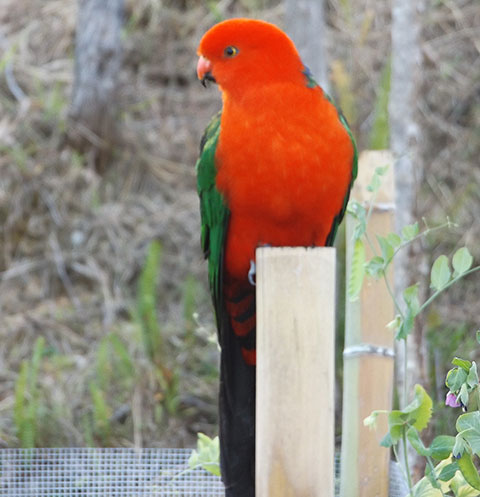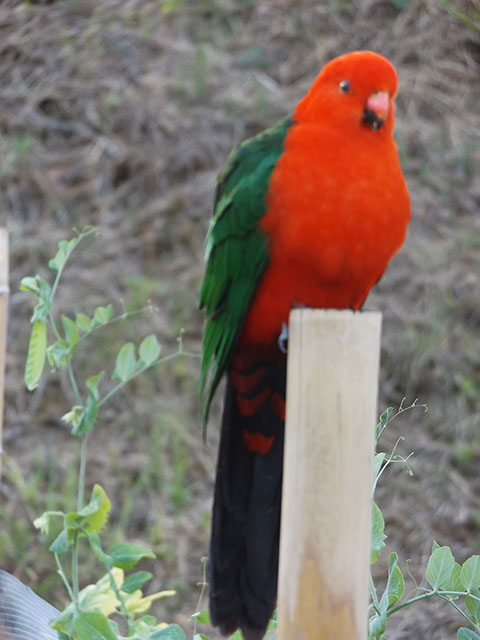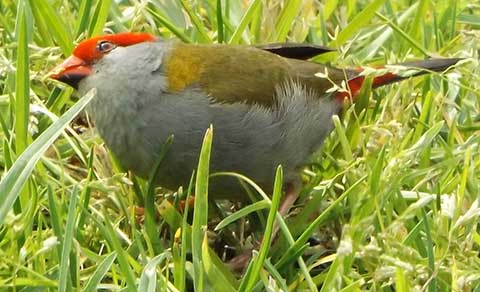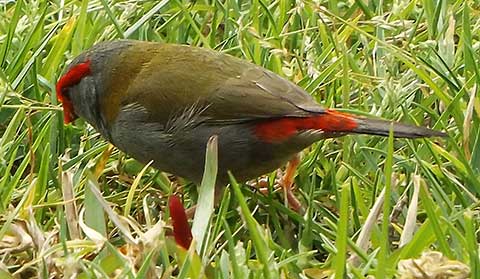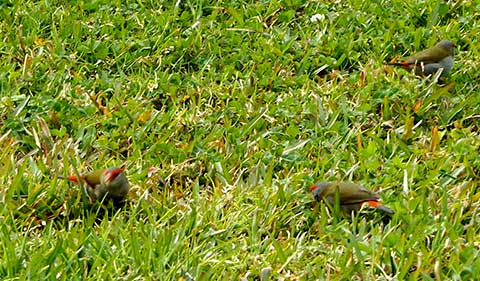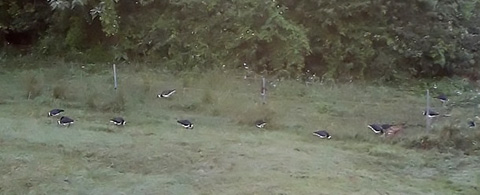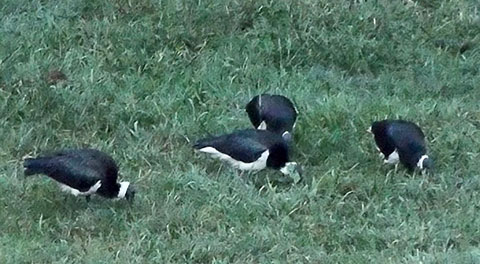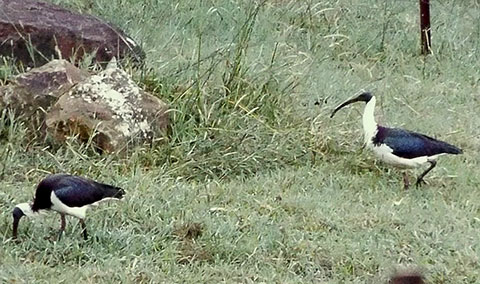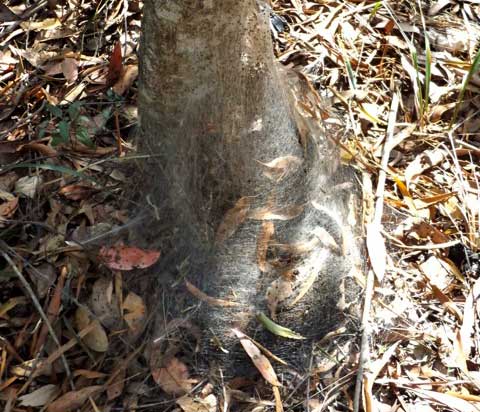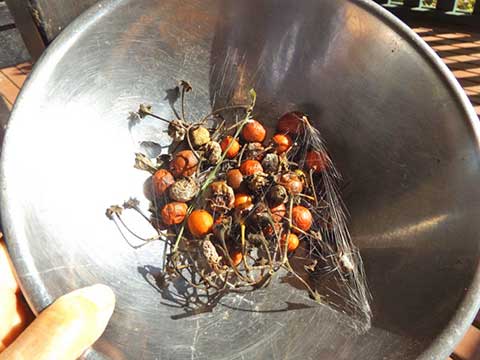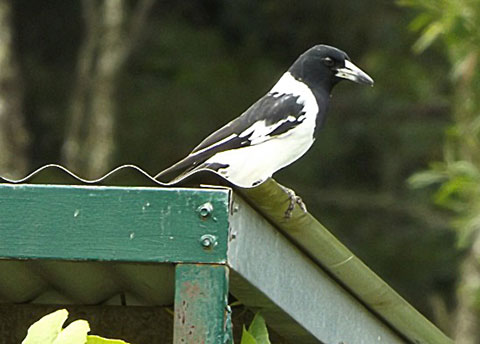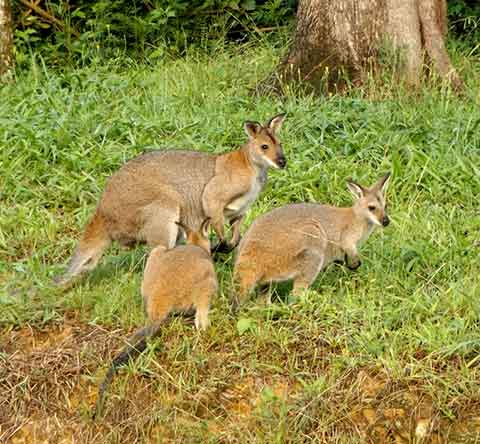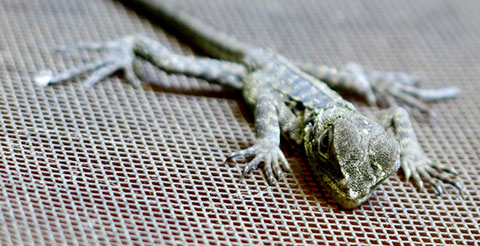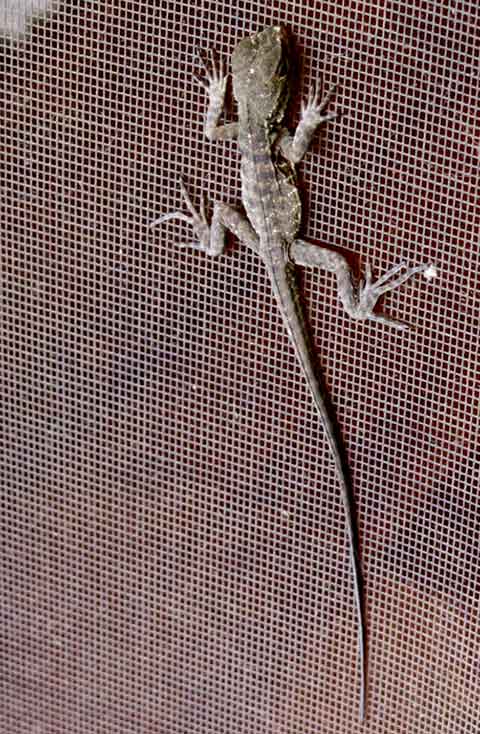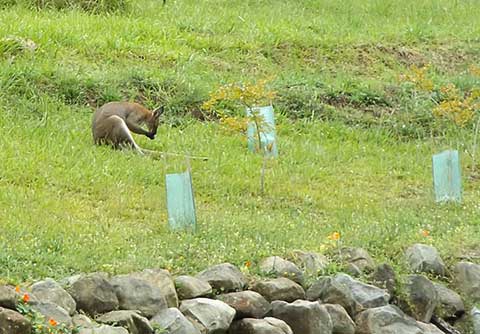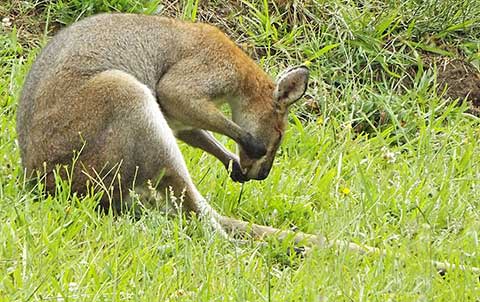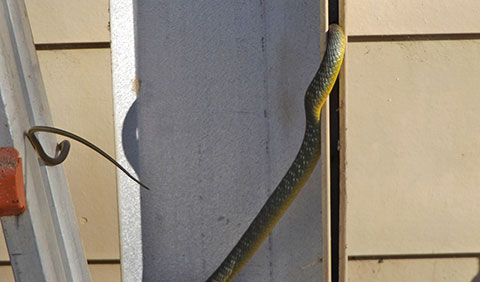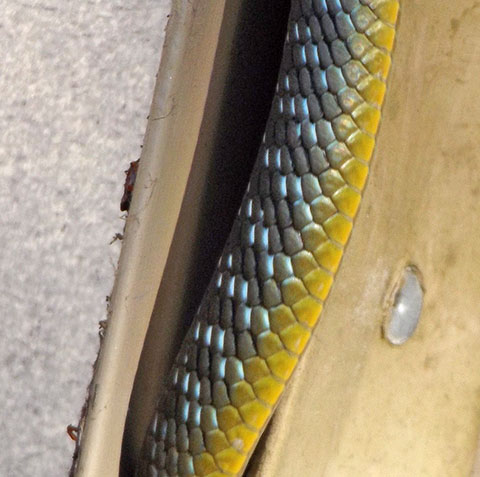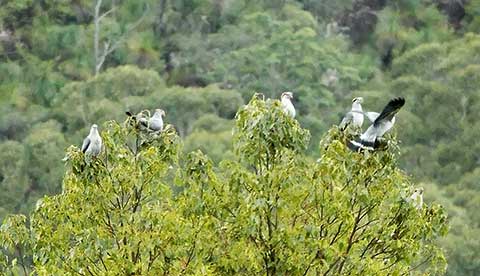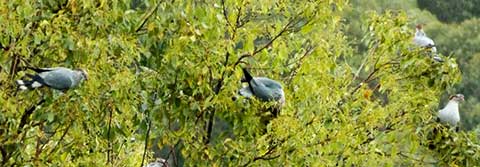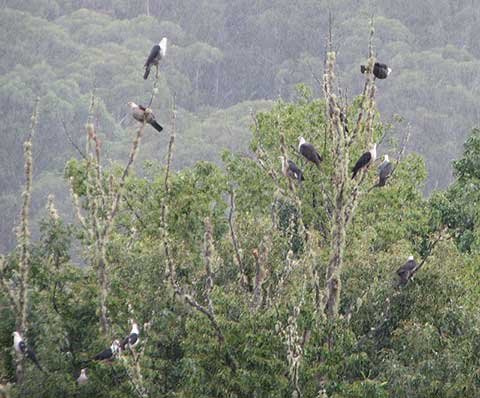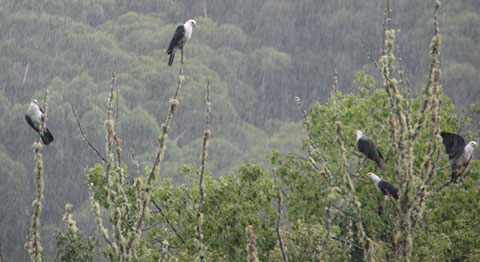I get so few visits from more than one wandering wallaby that I was delighted to see this little trio of game boys venture in right near the house one early evening after rain.
They are the same Eastern Red-necked Wallabies that I lived with — in such great numbers — at my old Mountain home. As I have now been here two years, I had hoped that the word would have got around that no dogs lived here any more.
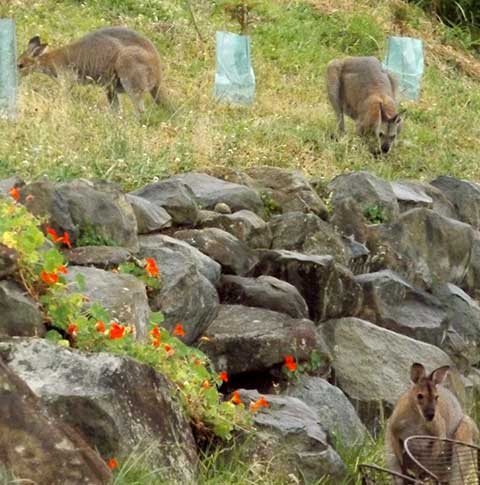
This gang of young males were not afraid, didn’t mind me opening the verandah door to take these shots, but were wary, as is only right.
But I miss my old familiars, the mothers and joeys always hanging about the yard. Patiently, hopefully, I await their discovery of my sanctuary. There is a sign on the gate; maybe they are less educated over here?
